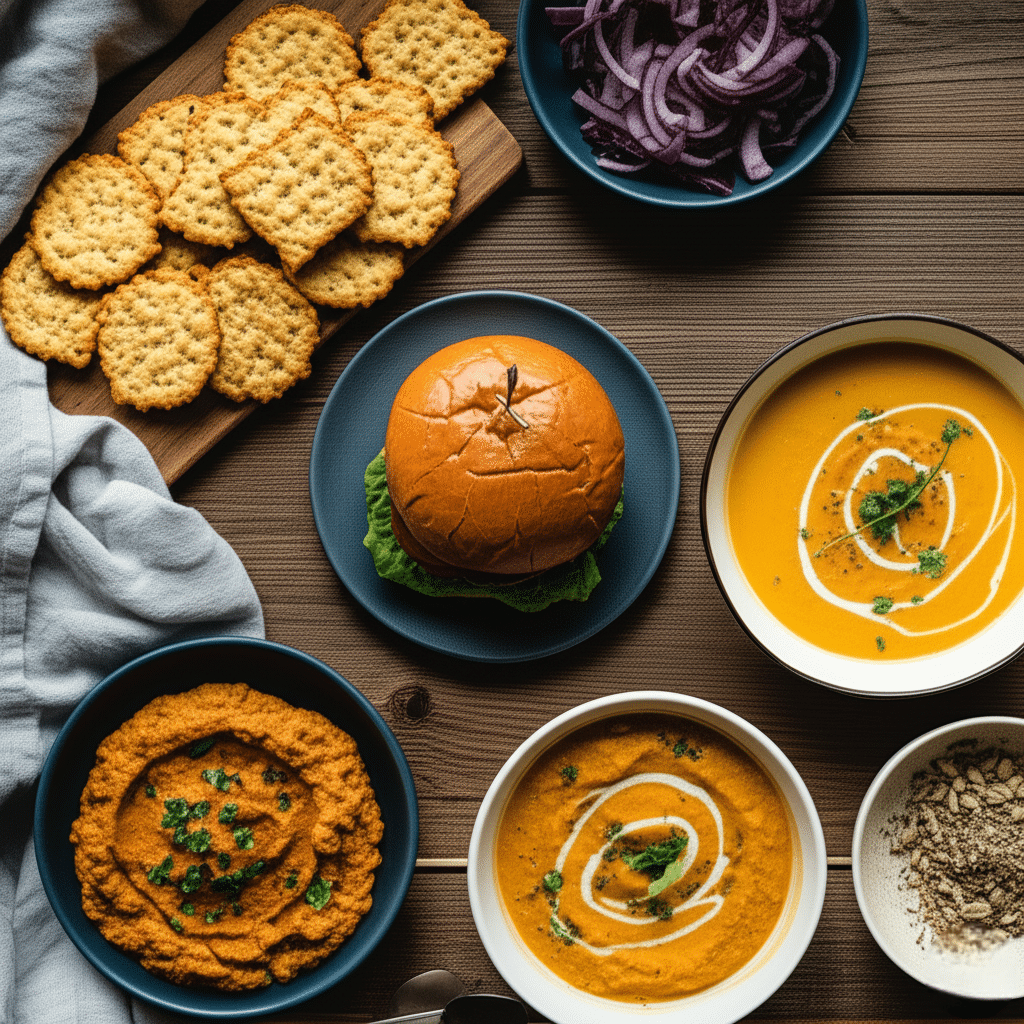Ever just finished making a beautiful batch of homemade broth, poured out that golden liquid, and then looked at the soggy pile of leftover vegetables and bones in the pot? If you usually just toss that “leftover broth pulp” in the trash or compost, get ready for a game-changing revelation! You’re actually throwing away a powerful treasure.
Many people don’t realize that even after hours of simmering, that leftover broth pulp is still packed with valuable fiber, vitamins, minerals, and incredible flavor. It’s a huge missed opportunity for both boosting your family’s nutrition and living a truly zero-waste lifestyle. But what if you could easily transform those “spent” ingredients into something new, delicious, and incredibly healthy?
This ultimate guide on Leftover Broth Pulp (Nutrient-Dense Recipes) is your secret weapon! You’ll discover clever and easy ways to turn those humble solids into fantastic, nutrient-packed meals and snacks. Get ready to supercharge your kitchen, fight food waste like a hero, and uncover the hidden value in every single delicious scrap – it’s a breakthrough in resourceful cooking!
What Exactly is Broth Pulp & Why Is It So Valuable?
After you’ve carefully made your homemade broth, you’re left with a pot of cooked vegetables, herbs, and maybe even bones. This leftover solid material, often overlooked, is what we call broth pulp. But what exactly is it, and why is this leftover broth pulp a powerful ingredient you should never toss?
From Simmer to Superfood: Understanding Broth Pulp
Think of broth pulp as the “essence” of your original ingredients, still holding onto so much goodness!
- Simple Explanation: It’s simply the strained solid bits left behind in your pot after you’ve made a delicious homemade broth – whether it’s vegetable, bone, mushroom, or any other type.
- Still Packed with Goodness: While many flavors and some nutrients have moved into your liquid broth, the solids are not empty! They still have a surprising amount of healthy fiber, certain vitamins, minerals, and a concentrated savory taste. It’s like a bonus round of nutrition!
- An Overlooked Treasure: This leftover broth pulp is truly a hidden gem in your kitchen, waiting to be transformed into something new and delicious.
The Hidden Treasures: Why Your Leftover Broth Pulp is a Nutrient Powerhouse
Don’t let this humble pile of cooked veggies and herbs fool you. Your leftover broth pulp is actually a nutrient powerhouse, offering several fantastic benefits:
- Fiber Content: This is a big one! Even after hours of simmering, the pulp is still rich in dietary fiber. Fiber is fantastic for keeping your digestive system happy and healthy, helping everything move along smoothly.
- Leftover Vitamins & Minerals: While the broth absorbs a lot, a good portion of vitamins (like Vitamin A from those carrots!) and important minerals (like potassium) remain trapped within the pulp’s fibers. This means you’re getting a bonus dose of these good things in your leftover broth pulp (nutrient-dense recipes).
- Flavor Potential: This is where it gets exciting for your taste buds! The pulp has absorbed a lot of the original broth’s savory, umami flavor. This makes it a secret weapon for adding incredible depth and richness to new dishes. It’s a pre-seasoned, savory base for your next meal!
- Zero-Waste Aspect: Using leftover broth pulp is a brilliant step towards true zero-waste cooking in your kitchen. It helps you get the most out of every single ingredient, saving you money and being amazing for the planet. You’re turning what would be waste into wonderful, nutrient-dense recipes!
Essential Tips for Using Leftover Broth Pulp Effectively
You’ve made your delicious broth, and now you have that valuable leftover broth pulp. To turn it into amazing new dishes, you need to know which kinds of pulp work best and how to prepare and store them properly. These tips are key to successful leftover broth pulp (nutrient-dense recipes)!
Best Broths for Best Pulp: What Kind of Pulp Works?
Not all broth pulp is created equal! While most kinds of pulp can be used, some are easier and tastier to work with for leftover broth pulp (nutrient-dense recipes).
- Vegetable Broth Pulp: This is generally the easiest and most versatile kind of broth pulp to use. Since it’s just vegetables, it’s very clean and adaptable to many different dishes. (Learn how to make yours with our Mineral-Rich Vegetable Broth (Zero Waste Recipe)!)
- Mushroom Broth Pulp: This pulp is an umami bomb! It’s fantastic for savory dishes where you want a deep, earthy mushroom flavor. It’s a powerful addition to leftover broth pulp (nutrient-dense recipes). (Check out our guide on Immune-Boosting Mushroom Broth for a great source!)
- Chicken/Beef Bone Broth Pulp: You can definitely use this kind of broth pulp, but it needs a little more work. You’ll have to carefully sort through it to remove all the bones, gristle, and any other tough, inedible bits. Once cleaned, it adds a rich, meaty flavor to your leftover broth pulp (nutrient-dense recipes). (Master making your own with our Easy Homemade Bone Broth Recipe for Beginners!)
- Adaptogen Broth Pulp: Pulp from adaptogen-infused broths can be used, but be mindful of the flavors. Some adaptogens might have a stronger or woodier taste when concentrated in the pulp. Use it sparingly or in recipes where its unique flavor will fit. (Explore the world of adaptogens with our DIY Adaptogen-Infused Broth (Astragalus & Rhodiola Recipe)!)
Preparing Your Pulp for Recipes: Mashing & Storing Your Leftover Broth Pulp
Once your broth is strained, your leftover broth pulp is ready for its next life! Proper prep and storage are key to making it easy to use later.
- Cool First: Always let your broth pulp cool completely at room temperature before you start handling it or storing it. This is important for safety!
- Mashing/Processing: The texture you want depends on the recipe!
- Rough Mash: If you want a bit of texture in your finished dish (like in a burger patty), you can use a fork or a potato masher to roughly mash the leftover broth pulp.
- Fine Mash/Puree: For smoother textures (like in dips, sauces, or crackers), use a food processor to blend the broth pulp until it’s very fine. You can also press it through a sieve for an extra-smooth puree.
- Storage Tips: Don’t let your valuable leftover broth pulp go to waste!
- Refrigerator: Store your prepared broth pulp in a clean, airtight container in the refrigerator for up to 3-4 days.
- Freezer: This is the best way to save your leftover broth pulp for longer! Freeze it in pre-portioned amounts. You can use ice cube trays for small bits, or spoon larger amounts into small freezer bags. It will keep beautifully in the freezer for up to 2-3 months. This makes it super convenient to grab exactly what you need for future nutrient-dense recipes!
Nutrient-Dense Recipes: Delicious Ways to Use Your Leftover Broth Pulp
This is where your leftover broth pulp truly shines! Get ready to turn what was once “waste” into flavorful and nutrient-dense recipes that will surprise and delight. These ideas are fantastic for adding hidden veggies and boosting the goodness in your meals.
Savory Broth Pulp Crackers or Flatbreads
- Brief Recipe Idea: Imagine crispy, savory crackers packed with hidden veggies! To make them, take your finely mashed broth pulp and mix it with a bit of all-purpose flour (or a gluten-free blend), a splash of water, a little olive oil, some salt, and your favorite dried herbs (like rosemary or thyme). Roll the dough out super thin between two pieces of parchment paper. Cut into cracker shapes and bake until they’re golden brown and wonderfully crispy. These are perfect for a healthy, zero-waste snack!
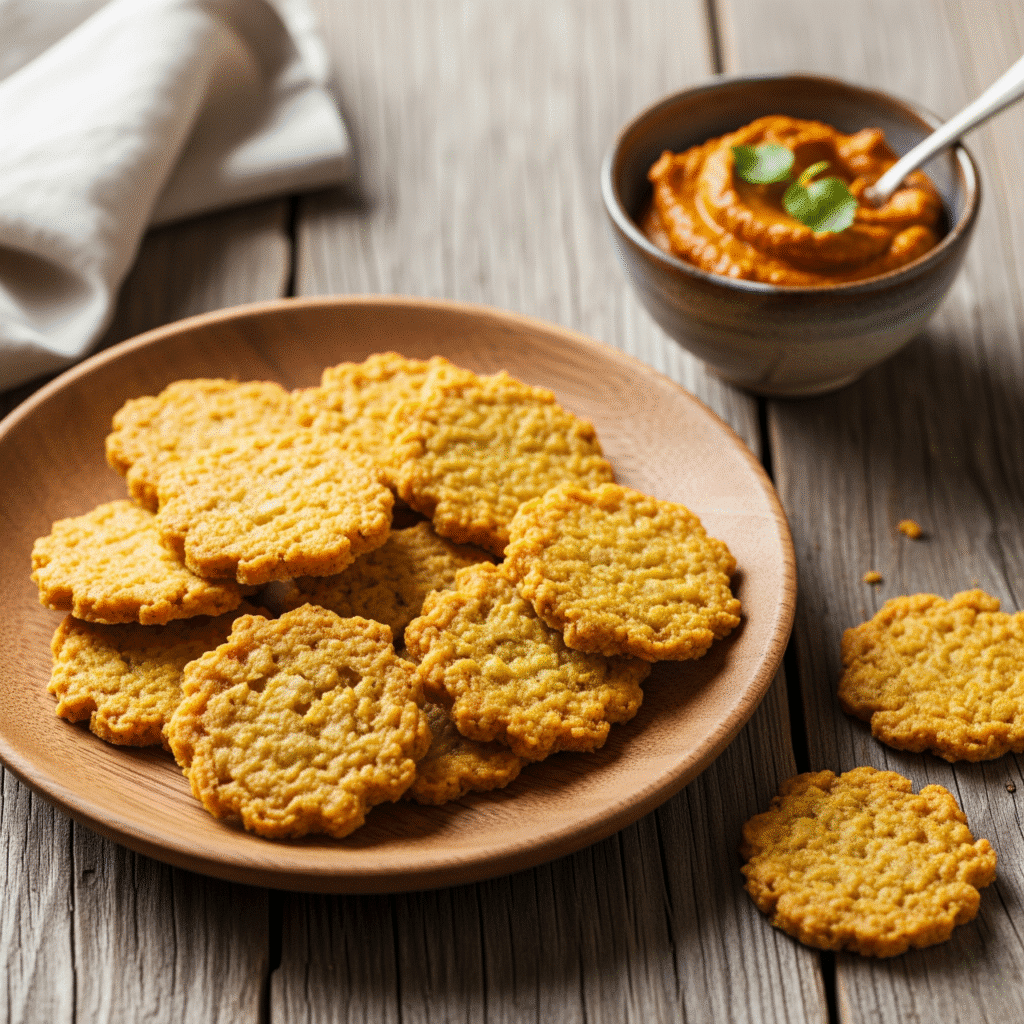
“Hidden Veggie” Meatballs & Veggie Burgers
- Brief Recipe Idea: This is a brilliant way to sneak in extra nutrients and fiber! Take your roughly mashed broth pulp and mix it directly into your favorite ground meat (like beef, turkey, or chicken) when you’re making meatballs, meatloaf, or burger patties. For a vegetarian option, blend it into your plant-based burger mix (e.g., lentil or black bean-based burgers). The pulp adds moisture, flavor, and a powerful hidden vegetable boost without changing the taste too much.
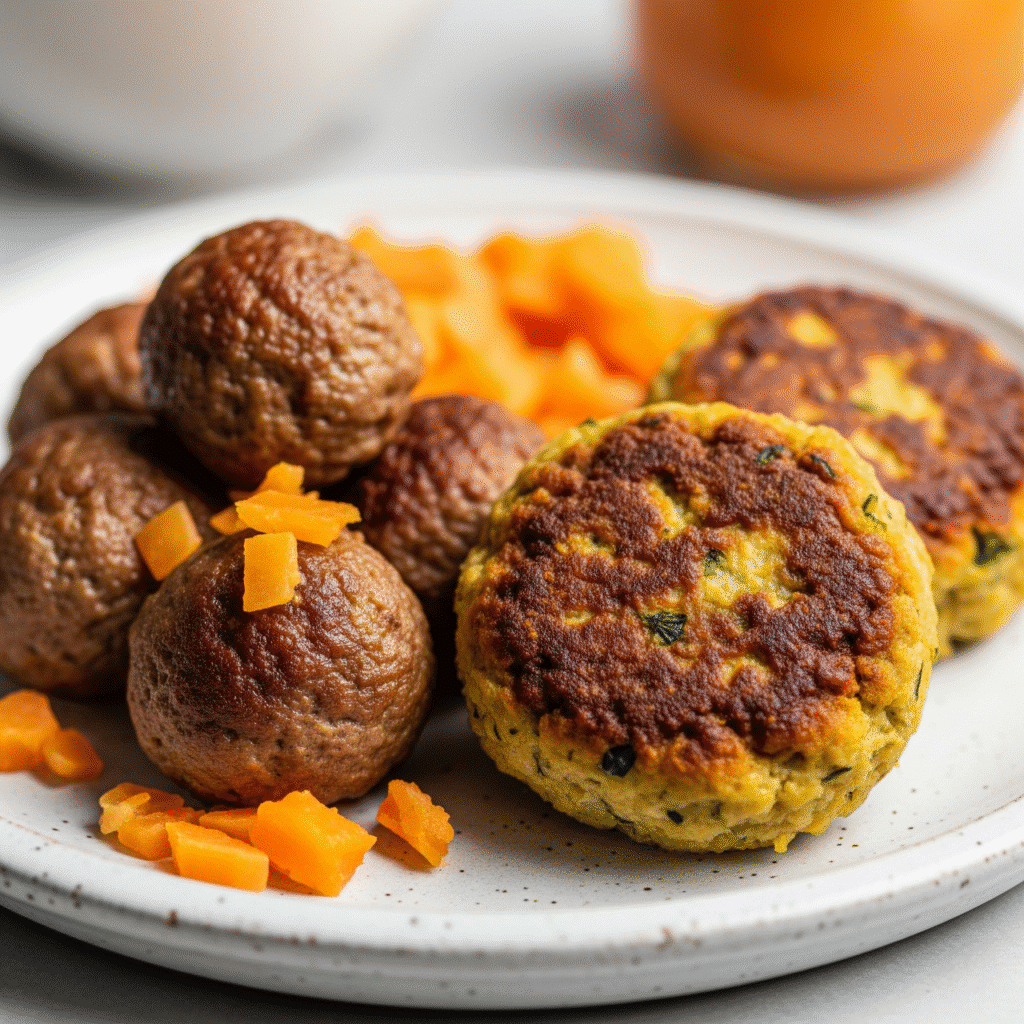
Nutrient-Boosted Soups & Stews (Adding Pulp Back In!)
- Brief Recipe Idea: Why stop at just the liquid? Make your next soup or stew even more nutrient-dense! Take a portion of your mashed or pureed leftover broth pulp and blend it back into a creamy vegetable soup, or stir it directly into a hearty lentil or bean stew. It naturally thickens the dish and adds a concentrated burst of flavor and all those valuable leftover nutrients.
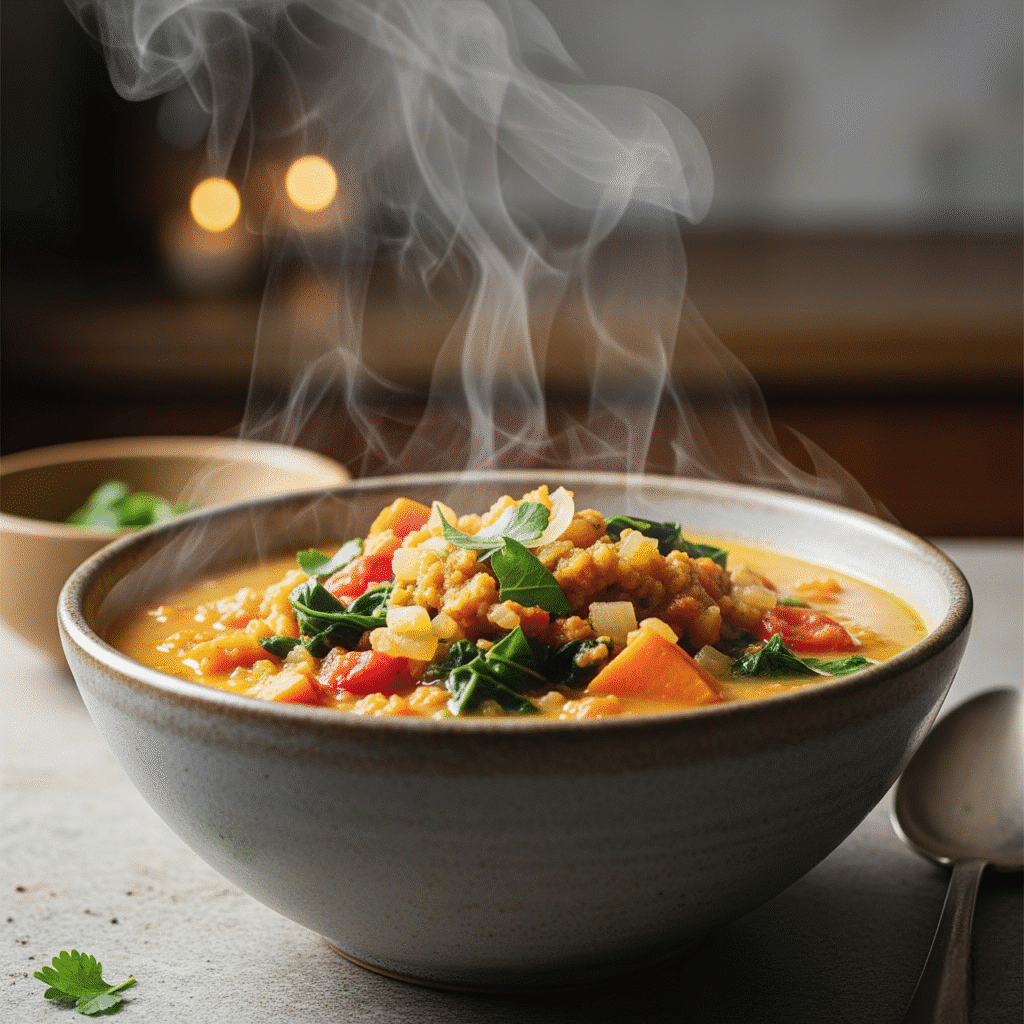
Flavorful Broth Pulp Dips & Spreads
- Brief Recipe Idea: Transform your broth pulp into a delicious and healthy dip or spread! Take your finely pureed broth pulp and mix it with a creamy base like cream cheese, Greek yogurt, or a homemade cashew cream. Add your favorite seasonings – garlic powder, smoked paprika, fresh herbs, or a squeeze of lemon juice. Serve it with veggie sticks, crackers (maybe even your homemade pulp crackers!), or spread it on sandwiches. It’s an amazing way to use up that pulp!
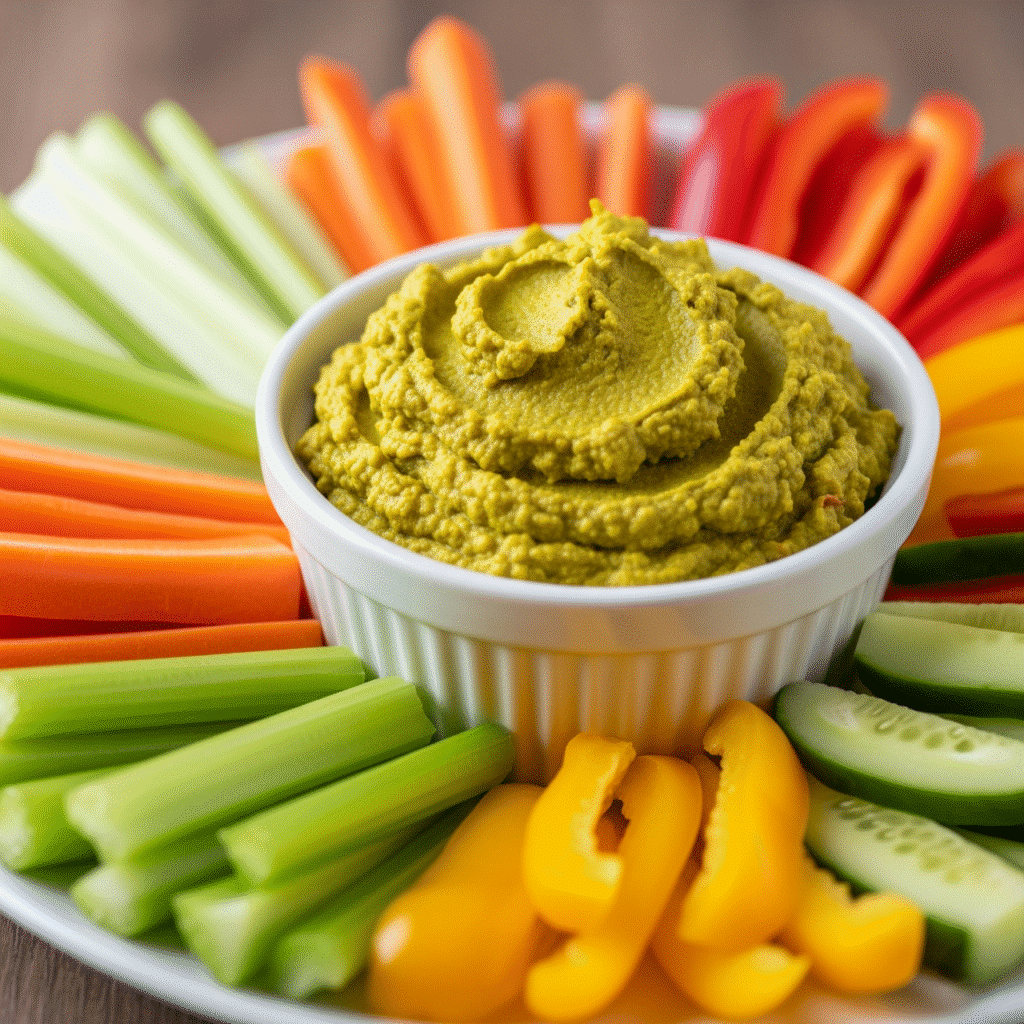
Garden Boost: Using Pulp as Compost or Soil Amendment (Non-Edible Use)
- Brief Explanation: Even if you’ve made more broth pulp than you can eat, or if you prefer not to use it in recipes, it still has a powerful purpose! It’s an excellent resource for your garden. Simply add the cooled broth pulp directly to your compost bin. It will break down quickly, enriching your compost with valuable organic matter and nutrients that your plants will love. It’s the ultimate zero-waste step!
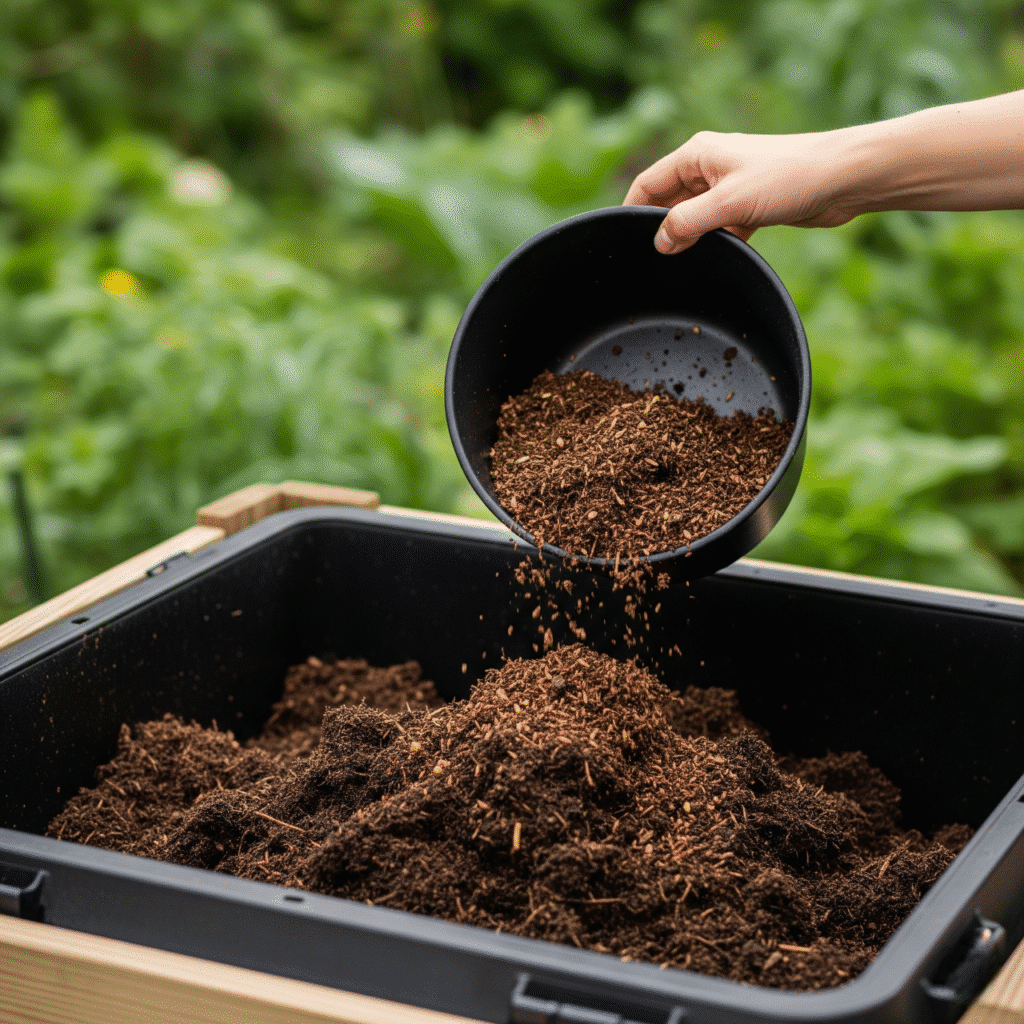
Troubleshooting & FAQs for Using Your Leftover Broth Pulp
It’s totally normal to have questions when you’re trying new and clever ways to use ingredients like leftover broth pulp! Here are some common questions and easy solutions to make sure your Leftover Broth Pulp (Nutrient-Dense Recipes) turn out perfectly every time.
Why does my pulp taste bland or bitter?
The flavor of your broth pulp usually depends on a couple of things:
Bland Pulp: If your leftover broth pulp tastes a bit boring, it might be that your original broth wasn’t seasoned very well, or the vegetables you used didn’t have a strong natural flavor to begin with. Next time, make sure your broth itself is well-seasoned, and use more aromatic vegetables like onions, carrots, and celery.
Bitter Pulp: This can happen if you included too many “cruciferous” vegetables (like broccoli stems, cabbage, or Brussels sprouts) in your original broth. These types of veggies can sometimes release bitter flavors when they cook for a long time. Over-simmering any vegetable scraps for many, many hours (beyond 4-6 hours) can also sometimes make the broth pulp taste a little bitter.
Can I use pulp from any broth?
Can I use pulp from any broth?
Generally, yes, you can use broth pulp from almost any homemade broth you make!
However, if your original broth was very strongly flavored with spices (like a super spicy curry broth), the broth pulp will carry that strong flavor. You’ll want to choose recipes where that intense flavor will fit.
Remember, if your original broth included meat or bones, you must be super careful to remove all bones, gristle, and any inedible bits from the leftover broth pulp before using it in recipes. Safety first!
How long can I store my leftover broth pulp?
Proper storage is key to keeping your leftover broth pulp fresh and ready for nutrient-dense recipes!
In the refrigerator: Store your prepared broth pulp in a clean, airtight container in the fridge for up to 3-4 days.
In the freezer: This is the best way to save your leftover broth pulp for longer! Freeze it in pre-portioned amounts. You can use ice cube trays for small bits, or spoon larger amounts into small freezer bags. It will keep beautifully in the freezer for up to 2-3 months. This makes it super convenient to grab exactly what you need for future leftover broth pulp (nutrient-dense recipes)!
Is it safe to eat if it cooked for many hours?
Yes, absolutely! In fact, the long cooking process is what makes your broth pulp not only safe but also often more digestible.
The heat breaks down the vegetable fibers, making them softer and easier for your body to process.
The cooking process itself makes the food safe to eat. Just ensure your original ingredients were fresh and clean before simmering.
Can I use leftover broth pulp for baby food?
Potentially yes, but with important considerations!
Consult a Pediatrician First: It’s always recommended to consult with your pediatrician before introducing new foods, especially complex ones like broth pulp, to babies or very young children.
Fine Puree: If you get the green light, ensure the broth pulp is very, very finely pureed until it’s completely smooth, with no lumps or stringy bits that could be a choking hazard.
Bland & Simple: For baby food, it’s best to use pulp from very plain broths (like a simple vegetable broth) without strong spices (turmeric, ginger, peppercorns) or salt, as these might not be suitable for a baby’s developing system.
Conclusion
There you have it: your ultimate guide to transforming what many consider “waste” into powerful and delicious Leftover Broth Pulp (Nutrient-Dense Recipes)! We’ve explored the hidden value in every cooked vegetable scrap, learned how to prepare and store your broth pulp, and discovered amazing ways to turn it into new meals. This Leftover Broth Pulp (Nutrient-Dense Recipes) truly makes you a kitchen hero!
This isn’t just about cooking; it’s a testament to the profound power of resourcefulness and a fantastic step towards a more sustainable lifestyle. By consistently using your leftover broth pulp, you’re not only boosting your family’s nutrition but also making a real positive impact on fighting food waste and saving money. You’ll notice the difference in the flavor of your new dishes, and you’ll feel great about your zero-waste efforts.
Now that you’ve mastered these nutrient-dense recipes using leftover broth pulp, your journey into healthy, sustainable cooking has truly just begun! Don’t stop here!
- Ready to explore more nutrient-dense broths that create this amazing pulp? You’ve perfected your Immune-Boosting Mushroom Broth, and now you can also dive into our guide on How to Make Mineral-Rich Vegetable Broth (Zero Waste Recipe) for even more insights.
- Curious about other ways to support your well-being with functional foods? Discover our insights on DIY Adaptogen-Infused Broth (Astragalus & Rhodiola Recipe) for natural stress support, or explore our Best Gut-Healing Collagen Broth Recipes (Beyond Bone Broth) for digestive comfort.
Embrace the delicious path to better health, a more resourceful kitchen, and a cleaner planet, one clever Leftover Broth Pulp (Nutrient-Dense Recipes) at a time. Your body, your wallet, and the Earth will all thank you!

